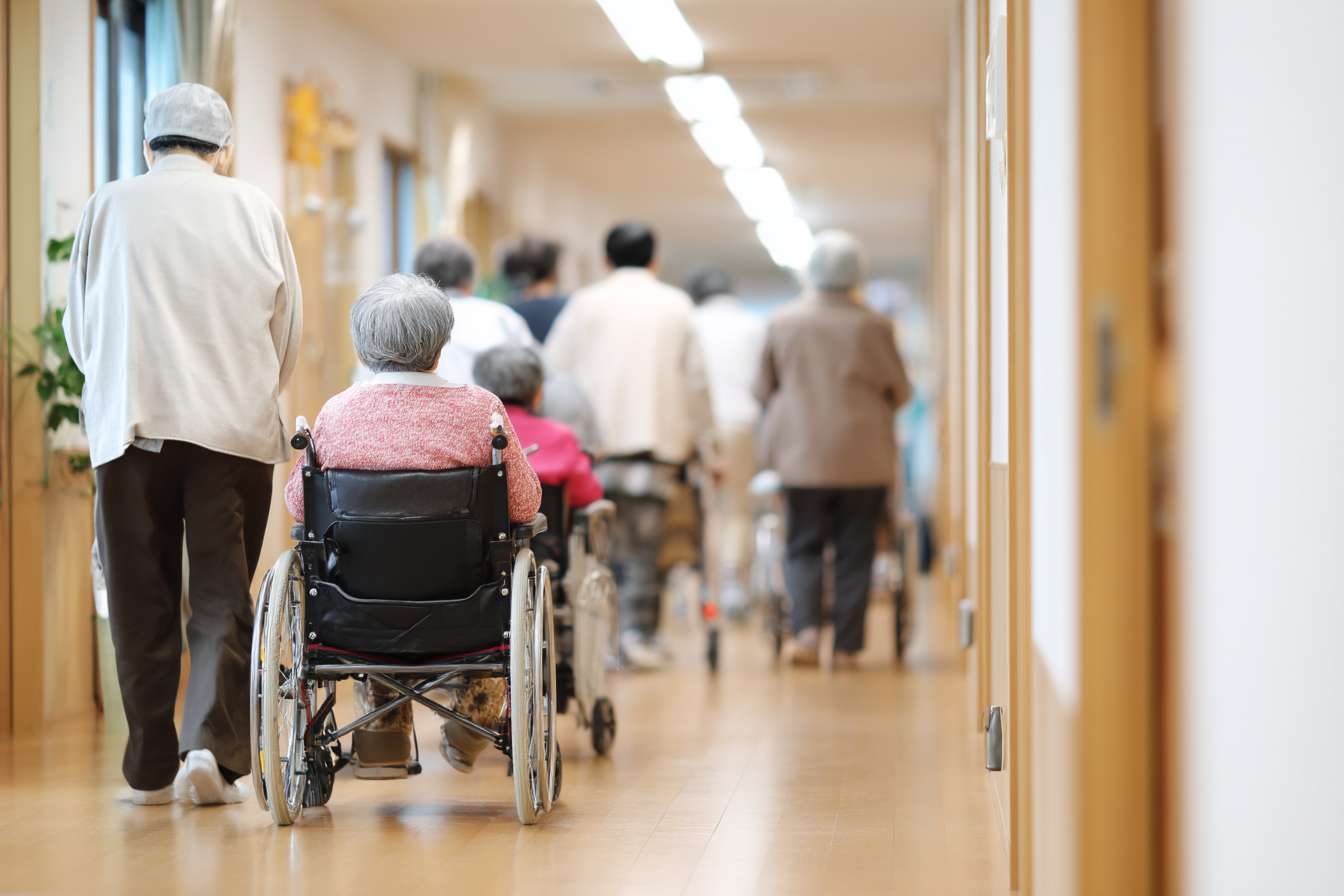Nursing & Caregiver Jobs in Japan – Roles and Pathways for 2025
Nursing and caregiver jobs in Japan provide a range of entry-level and skilled positions for both local and international workers. Roles include patient support, elderly care, and daily assistance. Structured schedules, clear requirements, and supportive teams make these jobs accessible.

Common Responsibilities in Caregiving Roles in Japan
The Japanese healthcare system distinguishes between several categories of caregiving professionals, each with specific duties and qualification requirements. Certified care workers (kaigo fukushishi) typically assist elderly or disabled individuals with daily activities including bathing, feeding, mobility assistance, and medication monitoring. Registered nurses (kangoshi) take on more medical responsibilities, including administering treatments, monitoring vital signs, and coordinating with physicians on patient care plans.
In eldercare facilities, caregivers often organize recreational and social activities to promote residents’ mental well-being. They also maintain detailed care records and communicate regularly with family members. The Japanese approach to caregiving emphasizes respect for the elderly (敬老 or keirou) and holistic care that addresses both physical and emotional needs.
Entry-Level Pathways for International Applicants
Japan has developed several structured pathways for international candidates interested in caregiving positions. The Economic Partnership Agreement (EPA) programs with specific countries including Indonesia, the Philippines, and Vietnam provide one established route. These agreements include Japanese language training, specialized vocational preparation, and placement support.
The Technical Intern Training Program (TITP) represents another entry point, allowing participants to gain practical experience while studying toward qualifications. Since 2017, caregiving has been included as an eligible field under this program. For those seeking longer-term opportunities, the Specified Skilled Worker visa introduced in 2019 allows qualified caregivers to work in Japan for up to five years after passing relevant examinations.
Requirements typically include basic Japanese language proficiency (usually JLPT N4 level for entry positions), relevant educational background or training, and good health. Many programs require candidates to complete practical training in their home country before placement in Japan.
Work Conditions and Housing Arrangements for Caregivers
Working conditions in Japan’s caregiving sector vary based on facility type, location, and position. Full-time caregivers typically work 8-hour shifts, though rotating night shifts are common in residential facilities. The standard work week ranges from 40-44 hours, with overtime compensation required by law. Starting monthly salaries for entry-level caregivers typically range from 180,000 to 220,000 yen, with higher compensation for those with advanced qualifications or Japanese language proficiency.
Housing arrangements often depend on the employment program and location. Many EPA and TITP participants receive subsidized housing as part of their compensation package. Options typically include:
-
Employer-provided dormitories shared with other staff
-
Apartment subsidies where employers cover a percentage of rent
-
Housing allowances added to monthly compensation
Rural areas generally offer more affordable housing options but may have fewer amenities and international communities compared to urban centers.
Language Skills and Adaptation Tips for Newcomers
Japanese language proficiency represents both the greatest challenge and most important skill for international caregivers. While entry-level positions may accept JLPT N4 certification, career advancement typically requires N3 or N2 proficiency. Most established programs include intensive language training focusing on healthcare terminology and daily communication.
Beyond formal language requirements, cultural adaptation plays a crucial role in success. Understanding concepts like “omotenashi” (Japanese hospitality) and proper etiquette when caring for seniors helps build trust with both patients and colleagues. Many successful international caregivers recommend:
-
Learning key phrases related to care procedures before arrival
-
Participating in community events to build language skills naturally
-
Finding language exchange partners among Japanese colleagues
-
Using specialized healthcare Japanese vocabulary applications
-
Joining support groups for international healthcare workers
Several facilities have developed buddy systems pairing newcomers with experienced staff to facilitate both professional and cultural integration.
Guidance on Applying for Caregiver Positions in Japan
The application process for caregiving positions in Japan varies based on your home country and chosen pathway. For those pursuing EPA programs, the process typically begins with application through government labor agencies in your home country. These programs include pre-departure training, language preparation, and matched placement with Japanese facilities.
For those applying directly to facilities, preparation should include:
-
Obtaining relevant certifications recognized in Japan (or understanding equivalency procedures)
-
Studying for and taking appropriate JLPT examinations
-
Preparing a Japanese-language resume (履歴書/rirekisho) following standard formats
-
Researching specific facilities and their specializations
Many applicants find success working with specialized recruitment agencies that focus on healthcare placements. These agencies often provide guidance on documentation, visa requirements, and interview preparation specific to Japanese healthcare environments.
When preparing for interviews, candidates should emphasize not only technical skills but also their adaptability, willingness to learn Japanese culture, and commitment to patient-centered care—values highly prized in Japanese healthcare settings.
This article is for informational purposes only and should not be considered medical advice. Please consult a qualified healthcare professional for personalized guidance and treatment.




